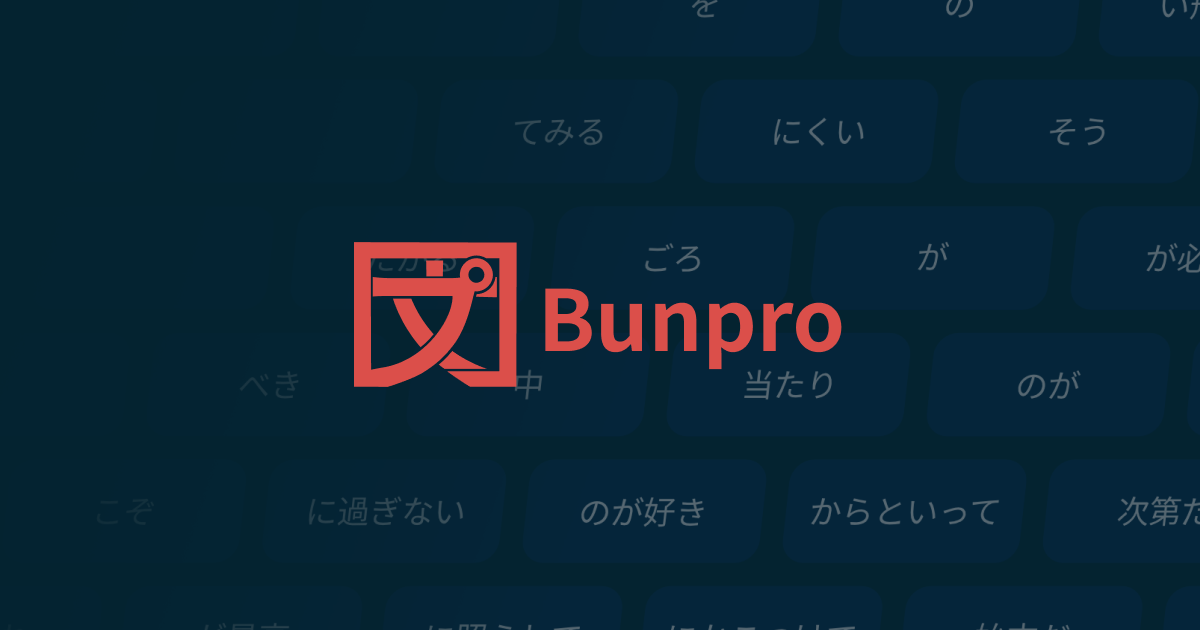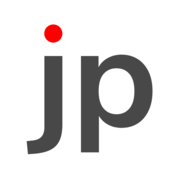How I'm Learning Japanese August 2025

My morning routine looks like:
Anki
I do 20 new cards a day.
The cards are ones I have created from reading, like this:

I only make cards if:
- It's within 5k frequency, so it's common to me
- OR I know all the Kanji in the word
- OR it's a really iconic scene that's hard to forget
My Anki settings are as follows:
- Learn ahead set to 0 minutes, so I never "learn" ahead of anything.
This is because setting say a learning step to 10m and then learn ahead to 20m, creates mini cram sessions.
You will essentially cram the word into your short term memory until you remember it, at which point it flies off into the future at god knows what interval.
By removing this, I do multiple mini Anki sessions a day to combat this.
That way I never "cram" anything, I put it into my long-term memory.
By having multiple mini sessions a day I either get it, or I don't see it for 20 minutes.
- New card learn steps set to nothing
Anki's FSRS can handle your learning steps, for new cards I let Anki decide when to show it to me.
I don't do this for relearning cards, because they are relearning I need to learn them, so I would prefer to see them multiple times a day.
- Leeches
I have leeches set to "tag" and leech at 10.
If I get a card wrong 10 times in a row, it becomes a leech.
Every Sunday I go through my tagged leeches to make Kanji cards for them. Then I suspend them, as I will see those words again in the future.
- FSRS params
I have them set to Default, as I was in difficulty hell:

Maybe eventually I won't be and I can optimise them, but for now it's set to default 😄

Bunpro
I'm currently studying Bunpro for grammar, as grammar is my biggest downfall right now when reading.

I speedran N5 grammar, and I'm slowly working my way through N4 grammar.
The plan is after N4, I will not do Bunpro in order.
Instead, anytime I come across a grammar point in reading I will look it up in Bunpro.
If I don't know it, I add it to a custom Bunpro deck:

My thought process is that authors use the same words and grammar over and over again, so if I just learn grammar in the order I see it the author will reuse that grammar – reinforcing my understanding of it.
Bunpro is helping a lot.
Specifically I have it set to review only

That means instead of writing out the answers, I read them.
So presented with this:

I read it, and the grammar particle I'm trying to recall is in purple.
If I get it wrong, it shows me this:

And then I can read this massive page on the grammar itself:


It helps a lot with grammar and I am starting to see things I learn all the time while reading.
Kanji
I am (and still am) doing RRTK450, which is just recognition of the most common 450 kanji.

This helped me a lot in learning new vocab, so I wanted to expand to learning more Kanji.
I'm using this Kanji dict to do Kanji -> keyword (in English):

I talked to this guy whose really smart and has proven it by scoring high on vocab quizzes (quizzes my N1 friends cannot even pass):

He basically said writing kanji is really useful to remember them, and that Kanji is an artform and it's not laborious to learn them.
Because of him, I picked up Ringotan which is an Android app to learn to write Kanji.
This is just so I can recognise them in the wild and learn them faster.
I'm doing Ringotan in Topokanji order:
30 seconds explanation for people who want to learn kanji:
It is best to learn kanji starting from simple characters and then learning complex ones as compositions of "parts", which are called "radicals" or "components". For example:一 → 二 → 三丨 → 凵 → 山 → 出言 → 五 → 口 → 語
It is also smart to learn more common kanji first.
This project is based on those two ideas and provides properly ordered lists of kanji to make your learning process as fast, simple, and effective as possible.
Basically a mix of something like Wanikani but frequency.
I'm not focusing on the meaning of Kanji or their readings in Ringotan, my plan is to learn readings via vocab and use Ringotan just to be able to differentiate them in the wild and remember them.
Of course, like with RRTK450 I did learn some readings through osmosis of doing a deck that had them.
Similarly with Ringotan, I expect I'll do the same 😄
Now we've reached the end of my morning routine! This whole routine takes me around 1 hour 30 minutes to do.
Reading
I am currently a visual novel main.
I read visual novels for about 4 hours a day, my setup is listed here:

Basically:
- Yomitan
- Anki
- ExStatic
- Game Sentence Miner
- Magpie
That's it 😄
My philosophy is:
- I read every sentence
- I look up every word I don't 100% know
- If the word is mineable (per my previous definitions) I will mine it
- ONLY if it has audio, if it's not said by anyone with audio I don't mine it
- If I come across grammar I don't know, I look it up in Bunpro
- If the sentence is too hard for me to grasp, I just move on tbh
- I don't translate sentences, I just aim to get a general feel of the sentence and move on.
How I pick visual novels
I use:
or

They each tell you how difficult a visual novel or anime or whatever is.

I'm currently playing through the entire Nekopara series, and I'm on Nekopara 3 right now (where Maple is introduced and starts her band!)
Nekopara series is super, super easy to read.
After Nekopara I plan to do Totono which is 30/100 and is a horror. I like horrors 🗡️
By then, I expect Limelight to be released by Yuzusoft:

This is a big future visual novel. No idea on difficulty as it's not out yet!
After that, I want to play Steins;Gate which is my holy grail visual novel!
Listening
For the rest of the day I'll just watch anime.
I use ASBPlayer to mine the subtitles, I try to pick slice of life anime that I can understand like Your Name. I'm also watching My Hero Academia cause I loved it in English!







